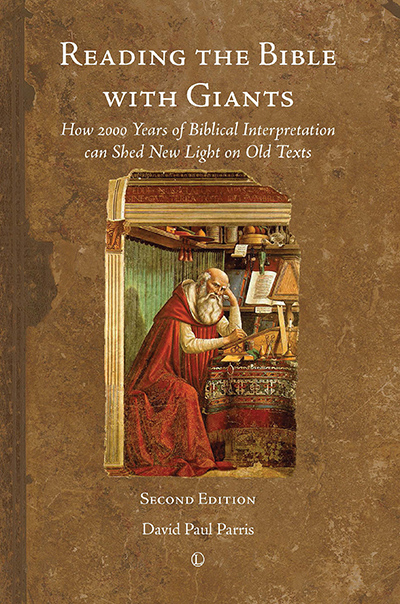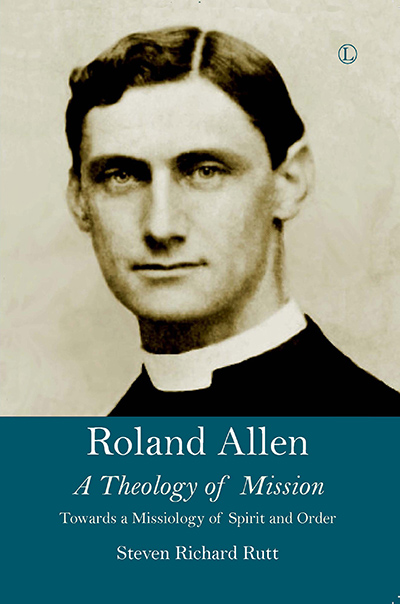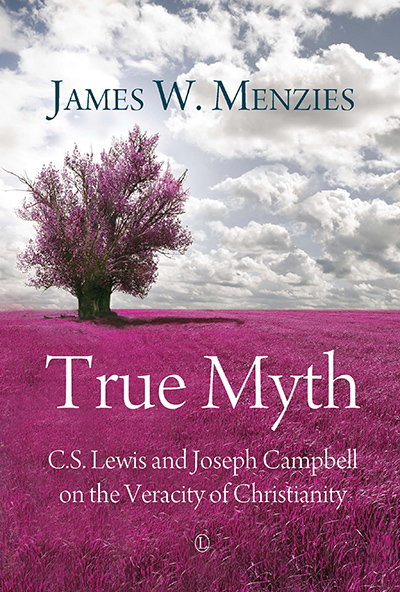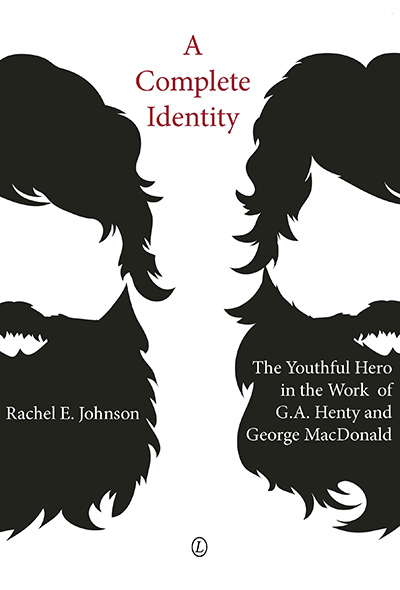Description
Many readers of the Bible believe that interpreting the Scriptures simply involves a two-way dialogue between themselves and the text. Implied in this view is the idea that we can either skip over or ignore two thousand years of biblical interpretation. If we believe, however, that God has been speaking through the Bible to devout believers throughout history it would seem that we should find a way to identify the insights they gained from the text so that we can learn to read these sacred texts with them. Drawing on resources from Reception Theory, Reading the Bible with the Giants enables the contemporary reader to interpret the Bible in dialogue with those who have gone before us.
About the Author
David Paul Parris is the Associate Director and Affiliate Professor of New Testament at Fuller Theological Seminary’s Colorado Springs campus. He is the author of Reception Theory and Biblical Interpretation.
Contents
List of Illustrations
Preface
Introduction
1. The First Historical Horizon: The Author and the Audience
2. Words
3. The Best Fish Story Ever Told
4. The Second Historical Horizon: A Living Tradition
5. Tradition as a Road Map of Interpretation
6. The Third Historical Horizon: Reading within a Tradition
7. Ten Reading Strategies
8. Reception Theory: Teaching and Preaching
Appendix: Critically Evaluating Internet Sources
References and Resources for Further Study
Endorsements and Reviews
Parris has provided a lively and accessible introduction to the basic concepts of reception theory, the role these concepts can play in our personal reading of the Bible, and how we teach them to others. This volume is warmly to be welcomed.
Paul Joyce, Professor of Old Testament/Hebrew Bible, King’s College London
I warmly welcome the second edition of Reading the Bible with Giants. Parris thoroughly understands reception theory, as his book Reception Theory and Biblical Hermeneutics shows. Here he aims at a wider, less academic audience, with a very practical study, which is full of homely illustrations and wise and timely tips. His suggestions for further reading are excellent, and he has a fine pastoral touch. This will help to make biblical reading both more imaginative, more accurate, and engaged with other Christian interpreters.
Anthony C. Thiselton, Professor Emeritus of Christian Theology, University of Nottingham
It is clearly very learned and theoretically informed, but it is also a practical guide. For that reason it is unique and offers great wisdom and guidance for engaging with the Bible and the years and years of theological discussion that it has engendered.
Benjamin J.M. Johnson, in Theological Book Review, Vol 27, No 2






